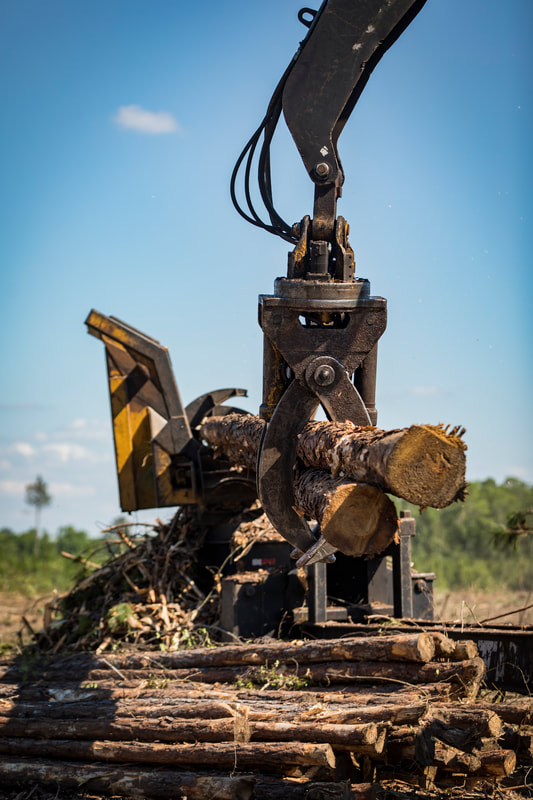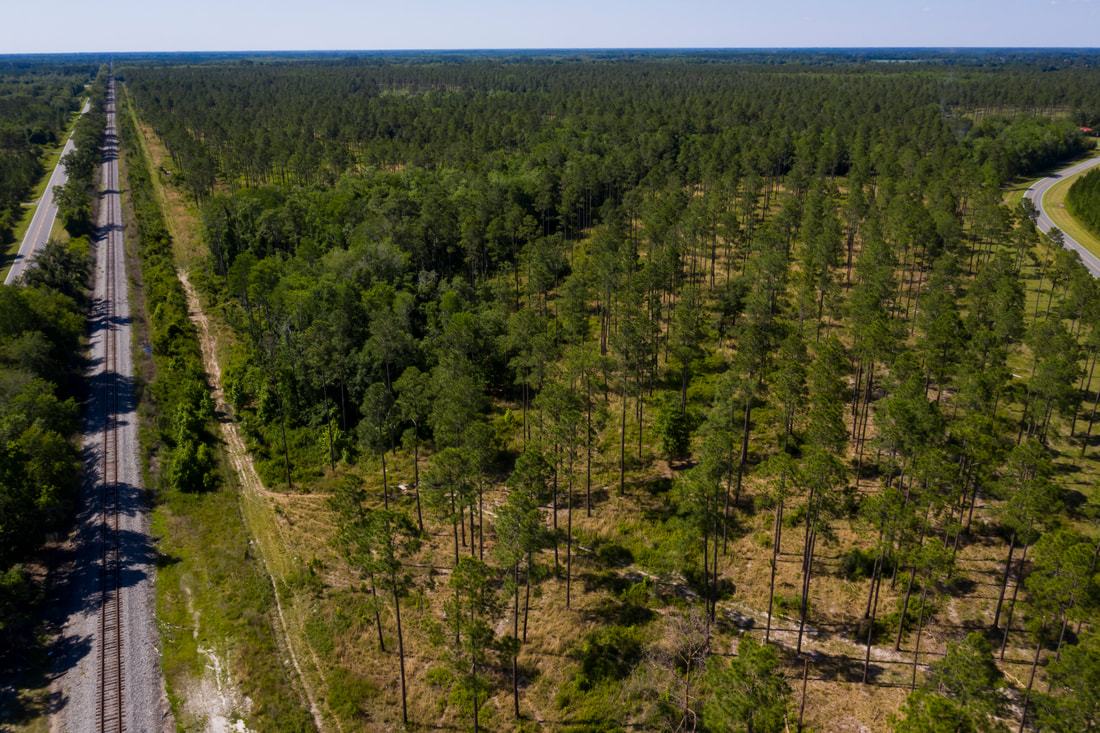Forests of the Future Being Shaped by Georgians Today
When Georgia's forestry forefathers began growing trees, they likely did not realize they were leading a future environmental movement. Plowing, planting and harvesting necessarily went hand in hand with assessing their timber, the flow and cleanliness of runoff and streams, and the abundance of wildlife. A decent income was a constant call. For forest landowner,s sustainability has long been a way of life.
By: Stasia Kelly
Photographs by Rafterman Photography
July 25, 2019
Photographs by Rafterman Photography
July 25, 2019



